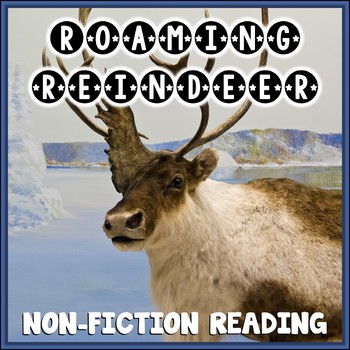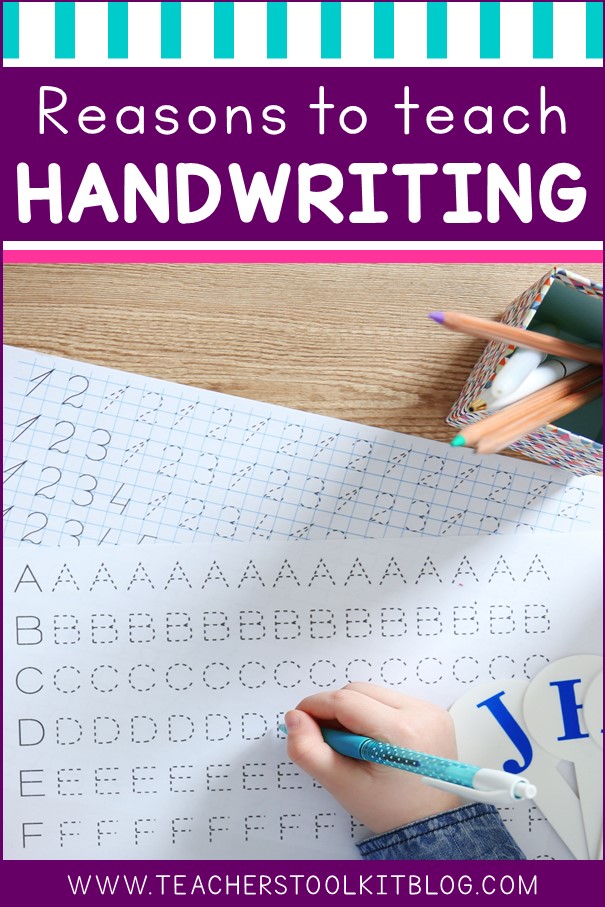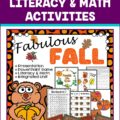We don’t normally think of reading nonfiction texts when we’re thinking about reading for pleasure. Chances are your students think of nonfiction text as work-related, like a textbook or newspaper.
Reading for information is an important life skill. Students who can read nonfiction texts will have an advantage as they move up through the higher grades in school. Exposing your students to nonfiction texts and helping them acquire the skills to read them with understanding will greatly benefit them both in school and in real life.
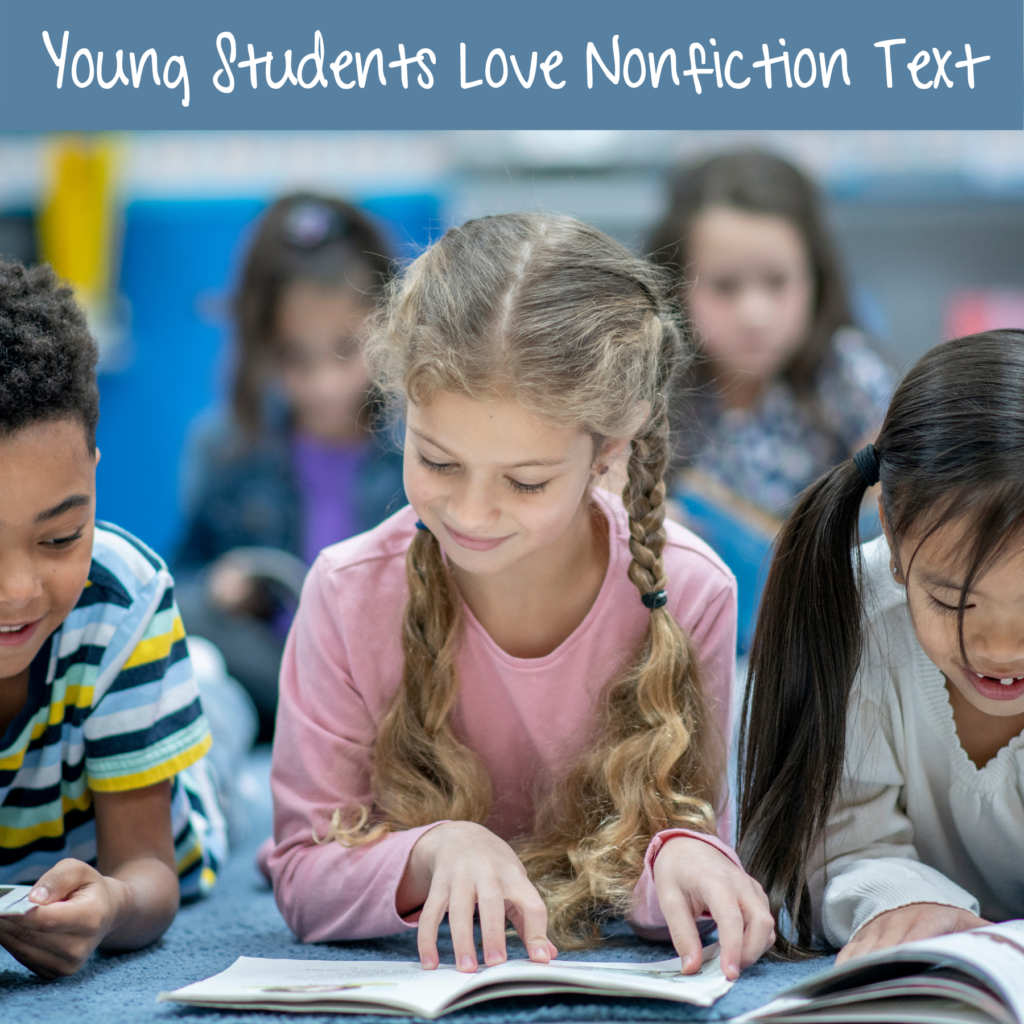
Nonfiction reading has benefits
- As mentioned previously, reading various nonfiction texts helps prepare young students for the more rigorous reading and writing tasks they’ll have in middle and high school. Teach students how to read a textbook. For example, students should understand how headings, subheadings, and bold print can help them comprehend what they’re reading. Make sure to include grade-appropriate books and magazines in your classroom library.
- Adults read a variety of nonfiction texts. There is very often informational reading in our jobs, such as memos, policies, manuals, and professional development. And now of course, there’s a great deal of online reading. By teaching this skill starting at a young age you’ll be giving your students a head start.
- Many students actually prefer reading nonfiction. Students that have a particular interest in a topic will most likely be more enthusiastic about reading when they’re able to read about their topic of interest. There are age-appropriate text sources in a huge variety of topics. Helping students to ask questions about nature, sports, or their idols and then letting them read the answers for themselves is a powerful way to show them how interesting nonfiction reading can be.
- Reading informational and nonfiction sources will help open your students’ eyes to the larger world around them. They’ll acquire background knowledge that will again be of great help to them as they move up the educational ladder. Having general knowledge of the world allows your students to apply personal context to texts that may be unfamiliar to them. This will help them comprehend more of what they read.
- Most informational and nonfiction text will have unfamiliar vocabulary. Reading this type of text will help your students increase their vocabulary and word knowledge. Defining new terms will become easier when they can use contextual clues.
- Nonfiction reading is a great source of graphs, diagrams, tables, charts, etc. Visual literacy is an an important skill for your students to have, especially in science and math.
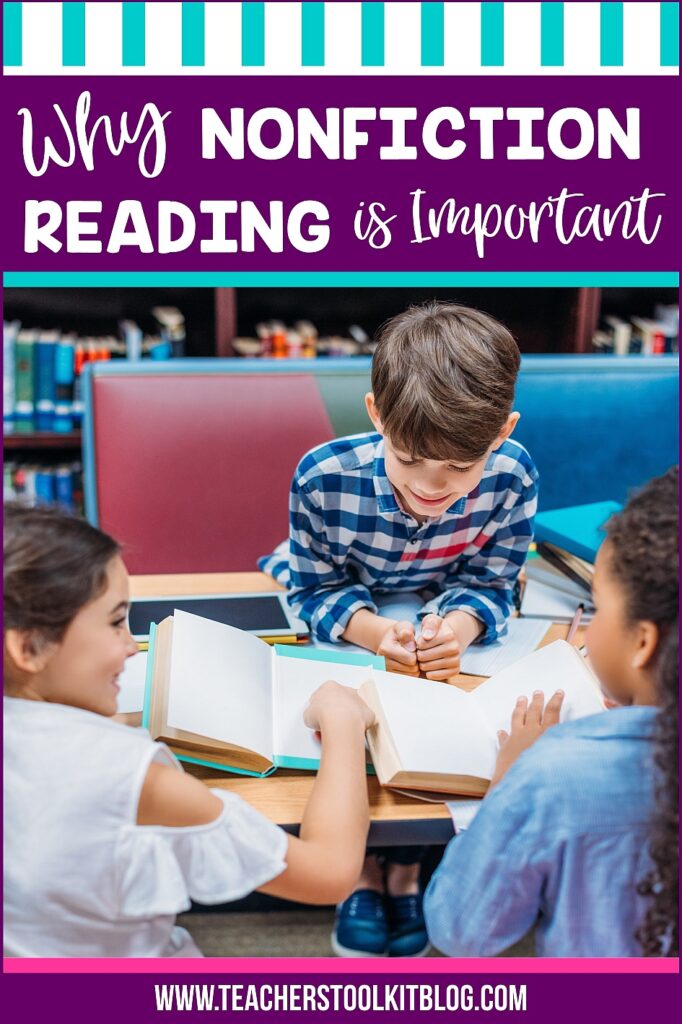
Some helpful resources
Finding nonfiction text for young students can often be a challenge. Since young students tend to be very interested in animals and nature, I’ve created several resources around these topics specifically for informational/nonfiction text. These resources contain everything you might need, including the student-friendly text.
You’ll find reading comprehension activities divided into Before Reading, During Reading, and After Reading. Fun extension activities will round out these high-interest units.
Here are two that you may find interesting.
Of course, writing about what they read is another very important skill. Check out my Fun Fall Writing Activities post!
More ela resources
- First Grade Sight Words Practice Pages
- Reading Intervention Activities
- Sight Word Practice Graphing Activity
Do you have any tips to help your students read nonfiction text? Please share them in the comments!
